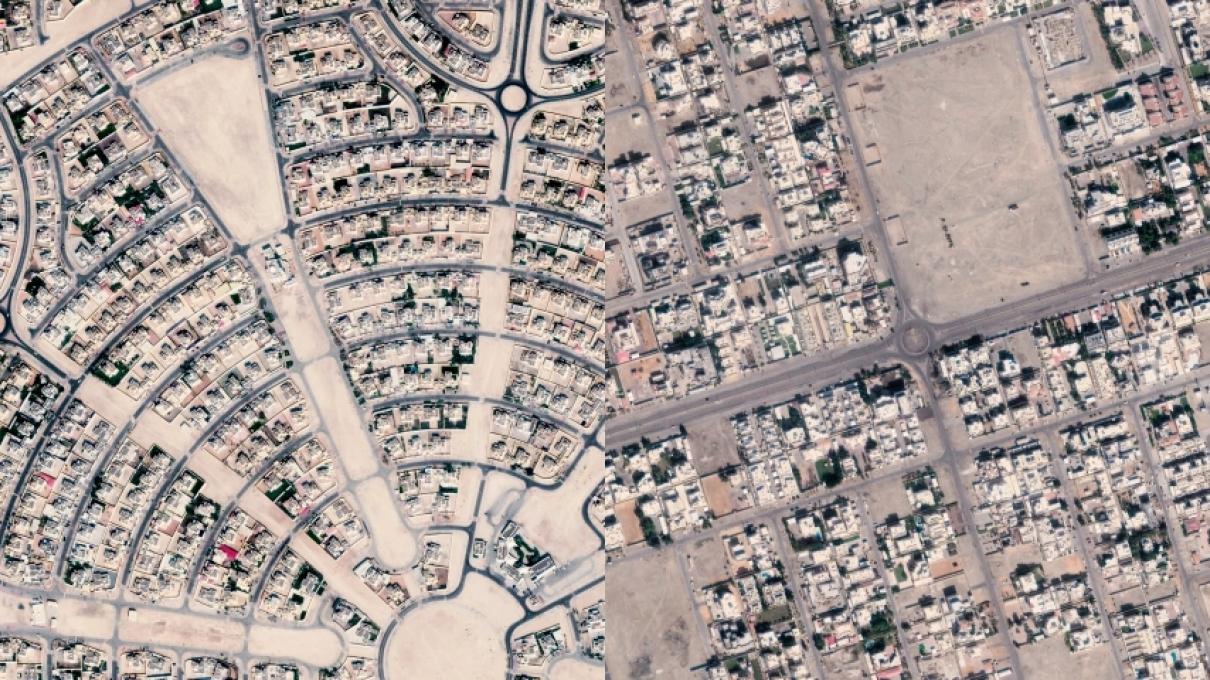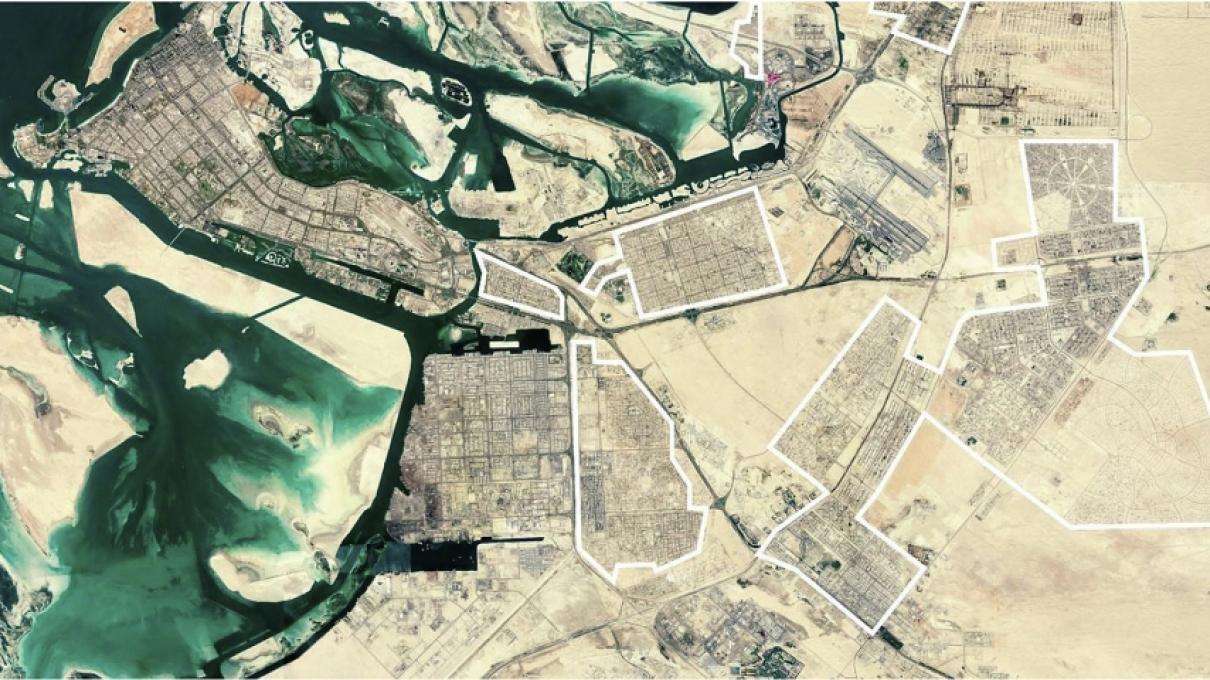Newly released Routledge Companion to Landscape Architecture, features a chapter by Sneha Mandhan and Alan Berger entitled, Coupling Environmental and Sociocultural Sustainability for Better Design: A case study of Emirati neighborhoods and landscape, that builds from research into new sustainable neighborhood forms in Abu Dhabi.
Sustainable development efforts typically focus on individual pillars of sustainability, with environmental aspects often taking precedence. While these are imperative in leading development towards a more environmentally sustainable future, they often result in the creation of parametrically modelled global designs that are socially and culturally dissonant when applied to local cases. Emphasizing better liveability of urban environments, this chapter argues that sociocultural and environmental features need to be coupled to develop comprehensively sustainable urban form. Using the example of traditional Arab-Muslim city form, it illustrates ways in which Emirati villa neighborhoods in Abu Dhabi, United Arab Emirates, can be designed for environmental and socio-cultural sustainability simultaneously. Sustainable development can no longer overlook the social and cultural contexts within which it exists. The ideas proposed provide starting points for designers to think about social and cultural factors comprehensively and relate them to environmental parameters to create resilient cities that are holistically sustainable.
More information available here.

